I visited an old friend’s cabin in the North Carolina mountains. It was simple but had something special: it didn’t need the power grid. The cabin used different ways to make its own power. This showed me the good side of living off the grid.
Getting to this point wasn’t easy. It took trying many ways to make power on your own. Today, I’ll share five key ways to do it, just like my friend’s cabin. You can use the sun, wind, and more to live sustainably.
Introduction to Off Grid Power Solutions
Off-grid living lets you be free from the grid. It’s not just about solar panels or wind turbines. It’s a whole way to manage and make power.
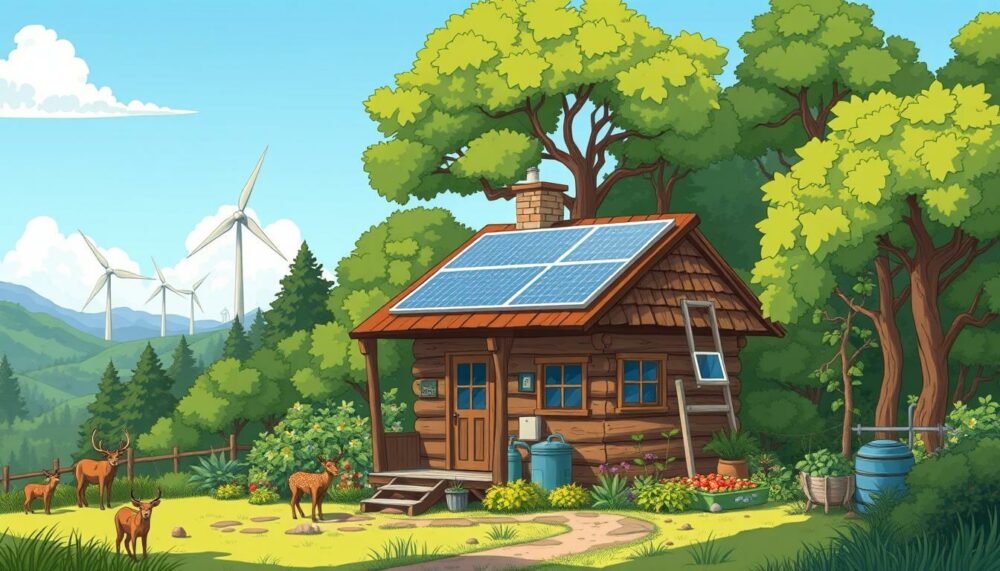
To start off-grid living, you need to know about power systems. These systems use solar, wind, and hydro power. They also use self-sufficient energy to keep the power going. This way, you feel safe and help the planet.
Choosing the right generator is important. You can pick from solar panels, wind turbines, or hydro systems. Each has its own good points and challenges. For example, building your own off-grid generator can be very helpful. It helps you use energy well and meet your needs.
But, off-grid living needs care and attention. You must keep your system working well. This way, you can keep your power strong and reliable.
Off-grid living is a green way to live. It’s a good choice for those who want to be free from the grid. It lets you control your energy and live a greener, more independent life.
Understanding Solar Power for Off Grid Living
Solar energy is great for off-grid living. Solar panels catch sunlight and turn it into electricity. This is good for the planet and works well.

Photovoltaic Solar Panels
Photovoltaic solar panels are key for off-grid systems. They have many solar cells that catch sunlight. This sunlight turns into electricity.
An inverter changes this electricity into the kind that powers homes. How well solar panels work depends on where you are and how sunny it is.
Pros and Cons of Solar Energy


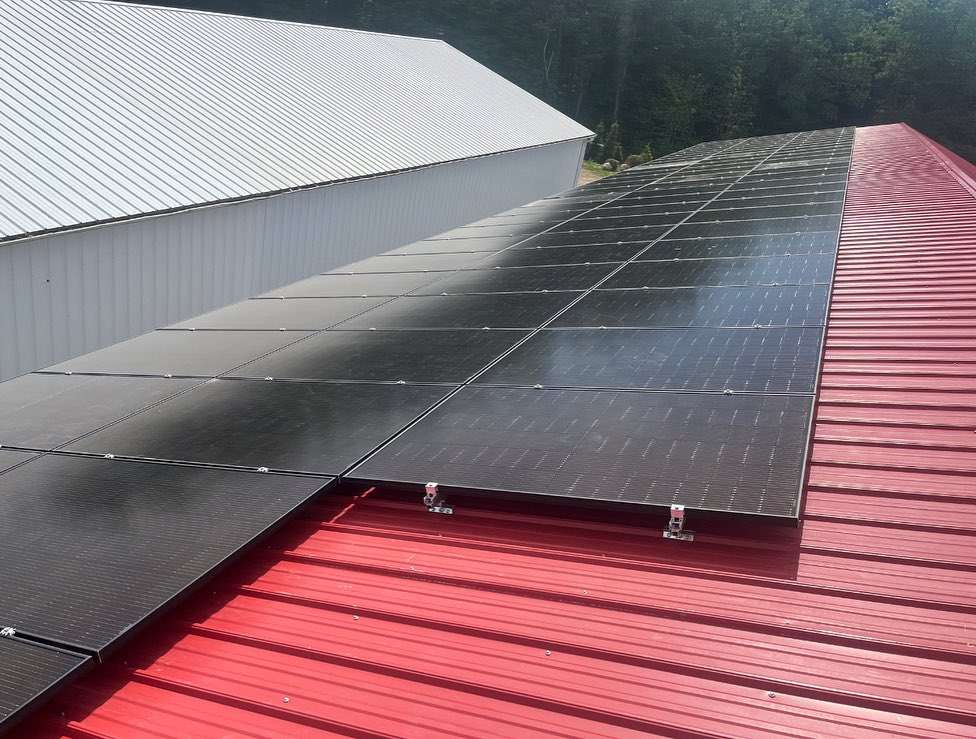

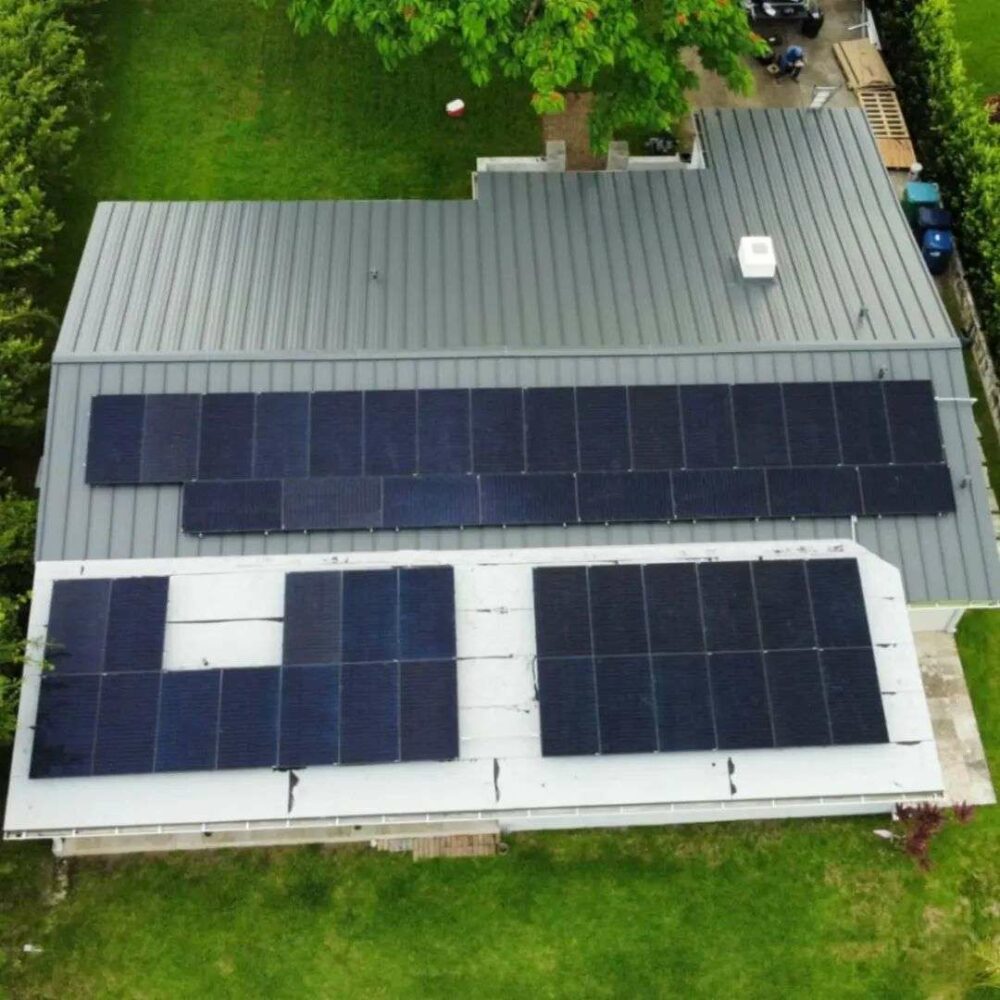

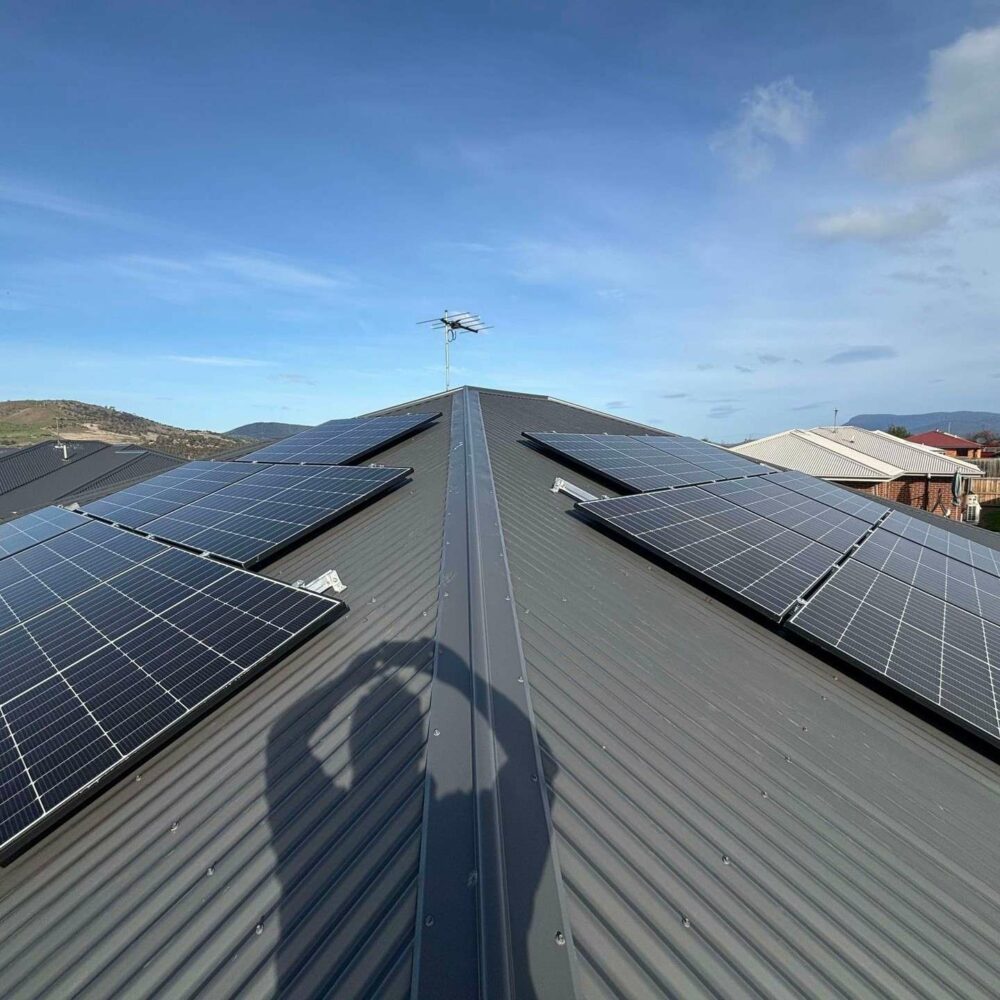
Solar energy has many benefits. It can lower your electricity bills and is good for the planet. Plus, it makes you energy independent.
Solar panels need little care, just cleaning and checks now and then. But, setting them up can cost a lot. Weather and seasons can also affect how well they work.
- Pros:
- Renewable energy source
- Lower electricity bills
- Easy to keep up
- Good for the environment
- Cons:
- Expensive to start
- Weather and location matter
- Needs a way to store energy
Cost and Maintenance of Solar Systems
The cost of solar systems is high at first. But, you save money on bills and might get tax breaks. Keeping a solar system running is simple, just clean it and have a pro check it sometimes.
Today’s solar systems last a long time. Most come with a 20-25 year warranty.
| Aspect | Details |
|---|---|
| Total Initial Cost | $15,000 – $25,000 |
| Annual Savings | $1,000 – $2,500 |
| Maintenance | $200 – $400 per year |
| Warranty | 20 – 25 years |
Knowing about solar power helps you decide for off-grid living. Solar panels and systems have many benefits. But, think about the cost and upkeep for the long run.
Maximizing Wind Energy to Generate Off Grid Power
Using wind energy for off grid living boosts your self-sufficiency. It cuts down on your need for old power sources. Residential wind turbines are great for making clean power at home. We’ll look at how they work and their good and bad points.
How Wind Turbines Work
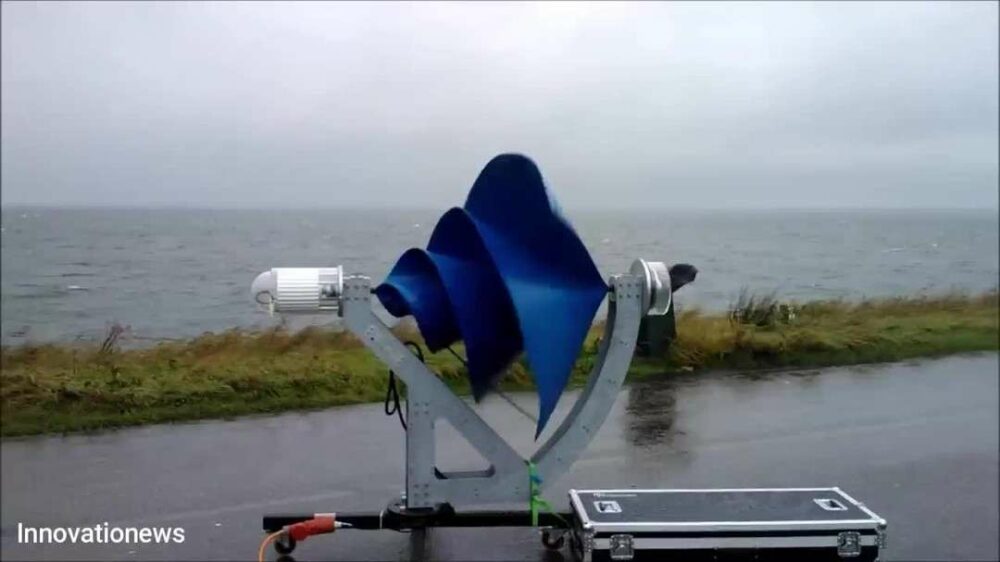

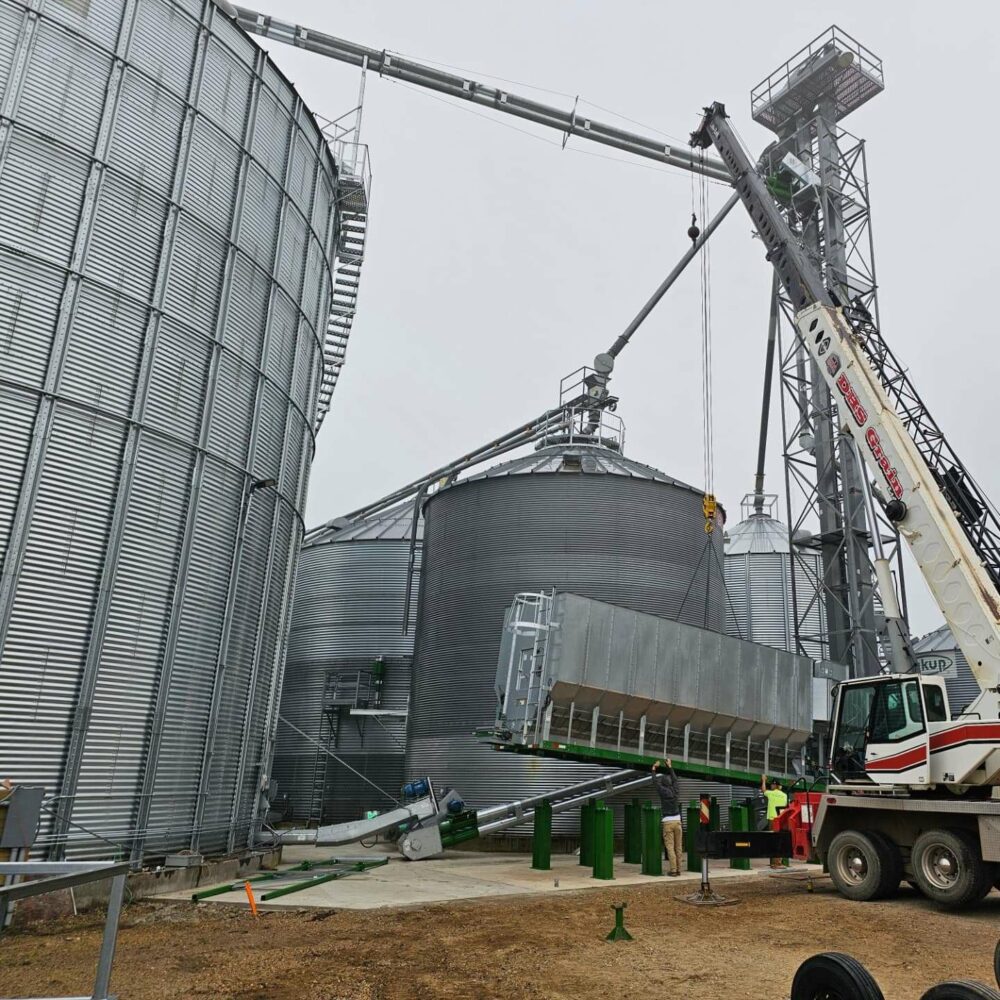
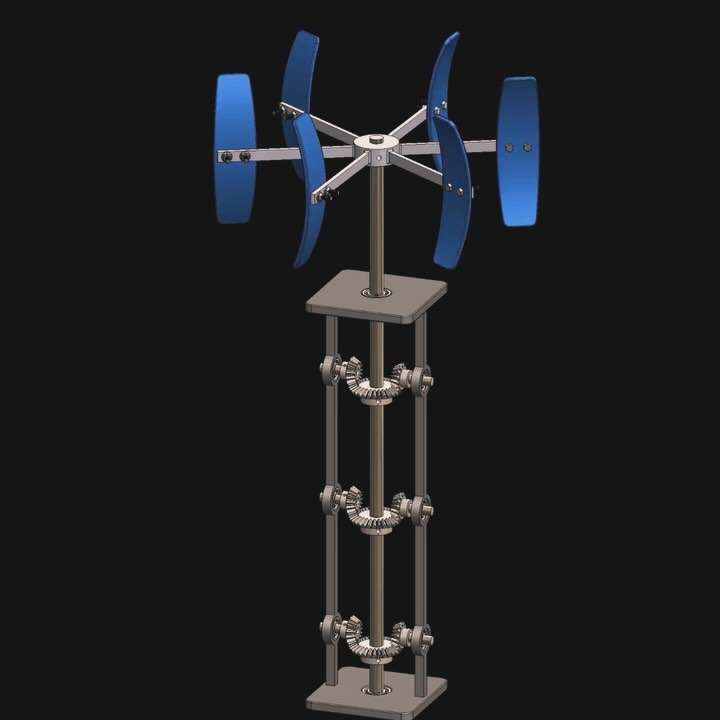
Wind turbines turn wind into mechanical power, then into electricity. How well they do this depends on many things. This includes the design of the blades, how fast the wind is, and where the turbine is.
Residential wind turbines are made to work well in many places. They are small and fit in different off grid settings.
Residential Wind Turbine Size and Efficiency
It’s important to pick the right size for your wind turbine. Small ones are good for places with slower winds. Big ones work best where the wind is strong and steady.
The turbine’s size also depends on the area around it. Things like hills or buildings can block the wind.
Advantages and Disadvantages of Wind Power
Wind power has many good sides. It can make clean energy and lower your electric bills. But, there are downsides too.
You need wind to make power, and turbines need regular checks. Knowing these points helps you decide if wind energy is right for you.
Exploring Microhydro Power Systems
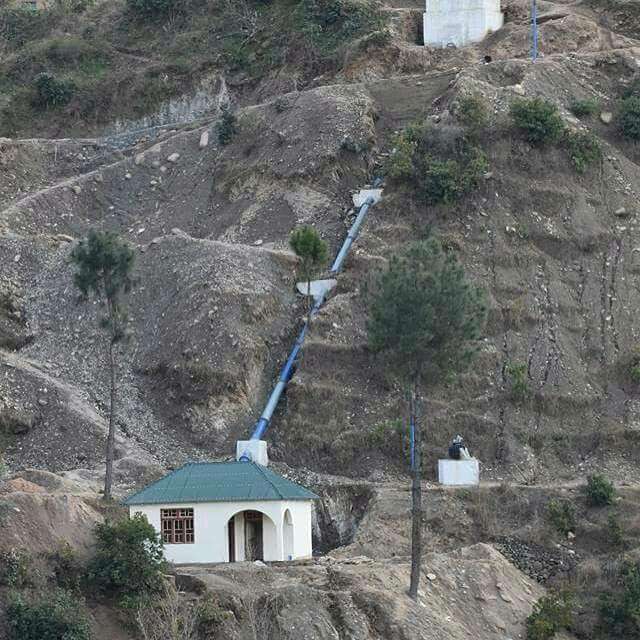
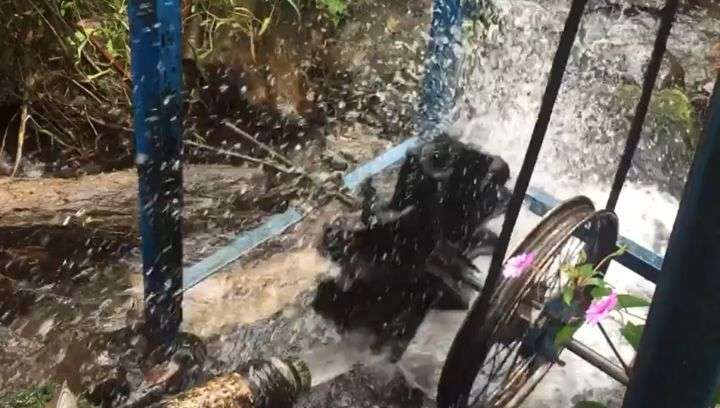
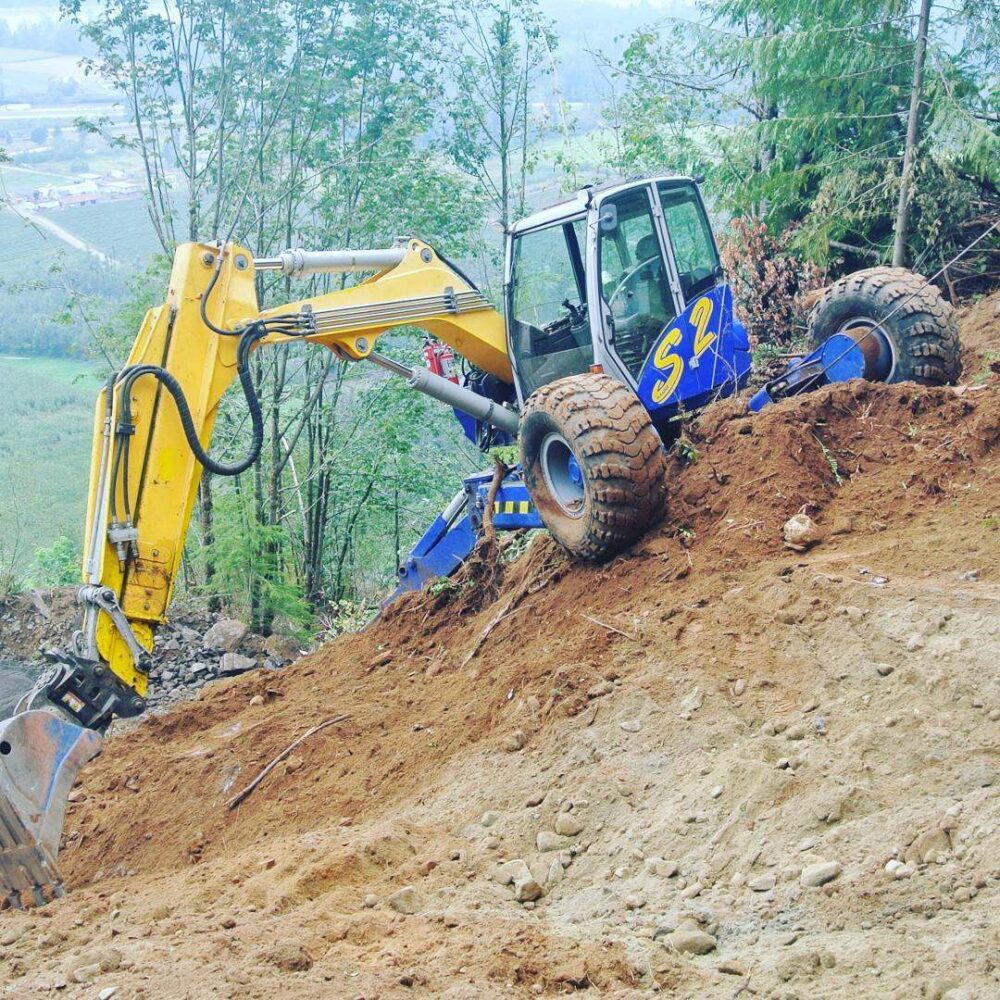
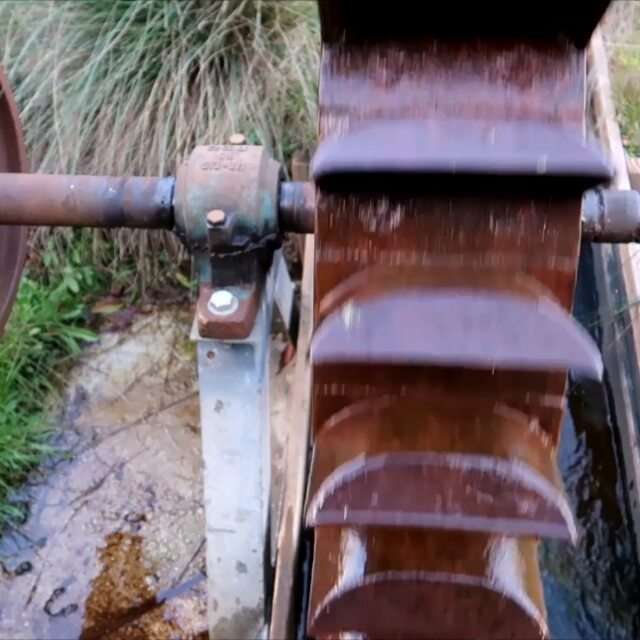
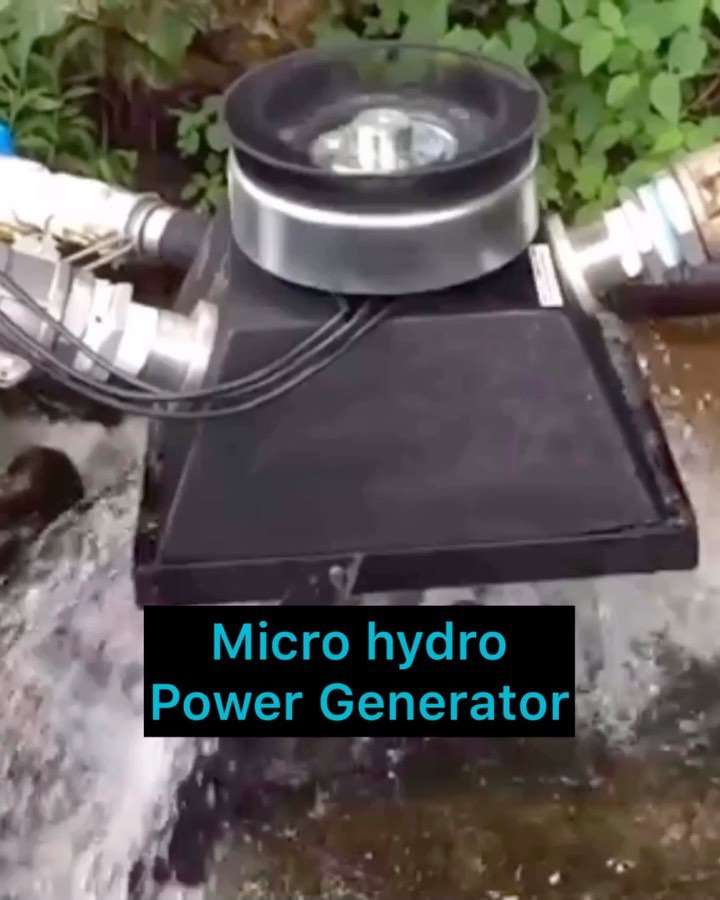
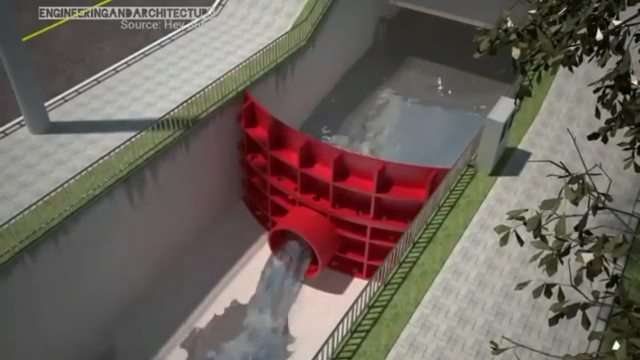

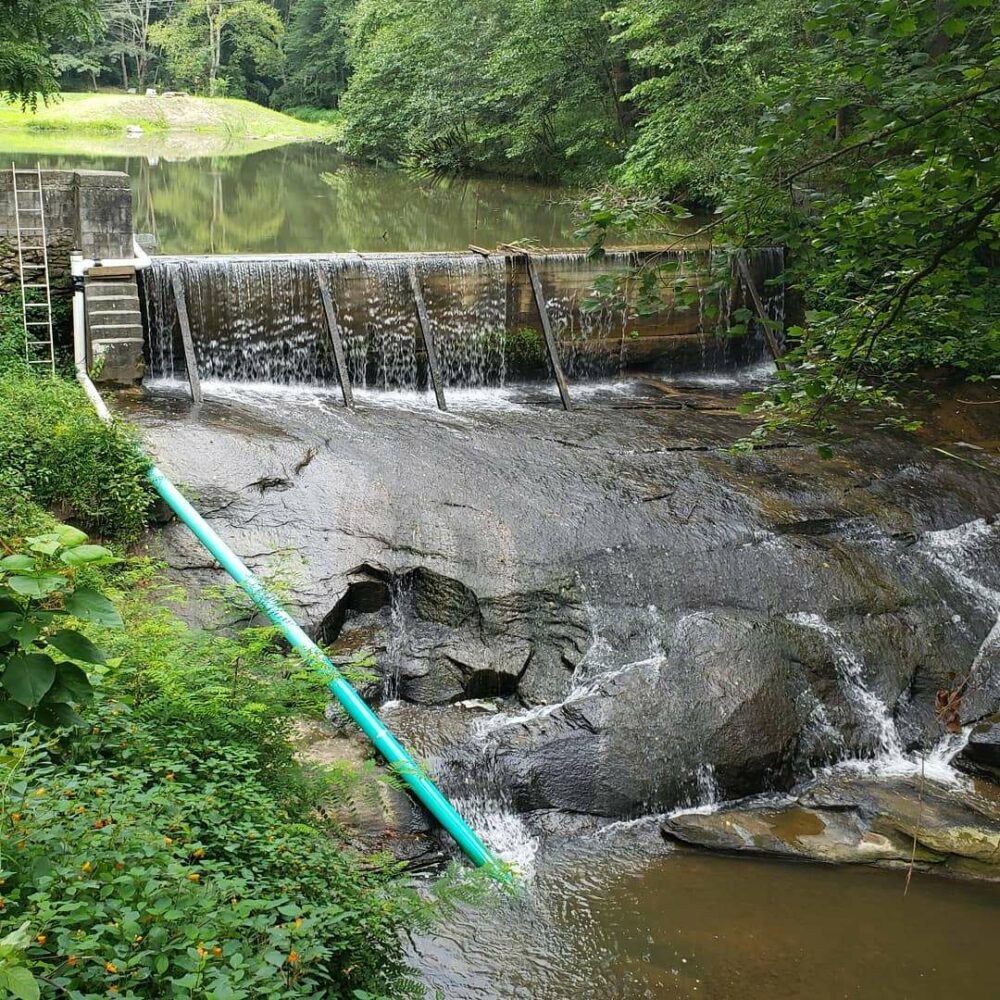
Microhydro power systems are efficient and sustainable. They use the energy of running water. Knowing how they work and their benefits helps you choose the right energy solution.
Basics of Microhydro Electricity
Microhydro power systems capture water energy to make electricity. This method is reliable and efficient. It provides steady electricity, as long as the water keeps flowing.
For off-grid energy, microhydro is a good choice. For more info on off-grid solutions, check out here.
Site Requirements for Microhydro Systems
Choosing the right site is key for microhydro systems. Look for steady water flow and enough vertical distance. The site should also be close to where you need the energy.
Benefits of Microhydro over Other Methods
Microhydro power has big advantages. It can make electricity all day, every day. This is unlike solar and wind, which change with the weather.
Microhydro systems are also very efficient. They can turn up to 70% of water energy into electricity. This makes them a great choice for places with good water resources.
| Parameter | Microhydro Power | Solar Power | Wind Power |
|---|---|---|---|
| Energy Consistency | High | Variable | Variable |
| Initial Setup Cost | Moderate | High | Moderate |
| Maintenance Needs | Low | Low-Moderate | Moderate |
| Environmental Impact | Low | Minimal | Minimal |
Incorporating Hybrid Power Systems
Hybrid energy systems make off grid power better and more reliable. They mix solar and wind energy. This makes power steady, even when the weather changes.
Hybrid systems use the best of both worlds. Solar panels work when it’s sunny. Wind turbines help when it’s cloudy or dark. This mix keeps the power on.
Using many energy types makes systems stronger. It also makes power better in different weather. This means less worry for those using off grid systems.
Here’s how hybrid systems compare:
| Aspect | Solar-Wind Hybrid | Standalone Solar | Standalone Wind |
|---|---|---|---|
| Energy Consistency | High | Variable (weather dependent) | Variable (weather dependent) |
| System Reliability | High | Moderate | Moderate |
| Cost Efficiency | Moderate | High Initial, Low Maintenance | High Initial, Low Maintenance |
In short, hybrid power systems are smart for off grid living. They mix solar and wind for steady power. This is great for any weather.
The Role of Energy Storage in Off Grid Systems
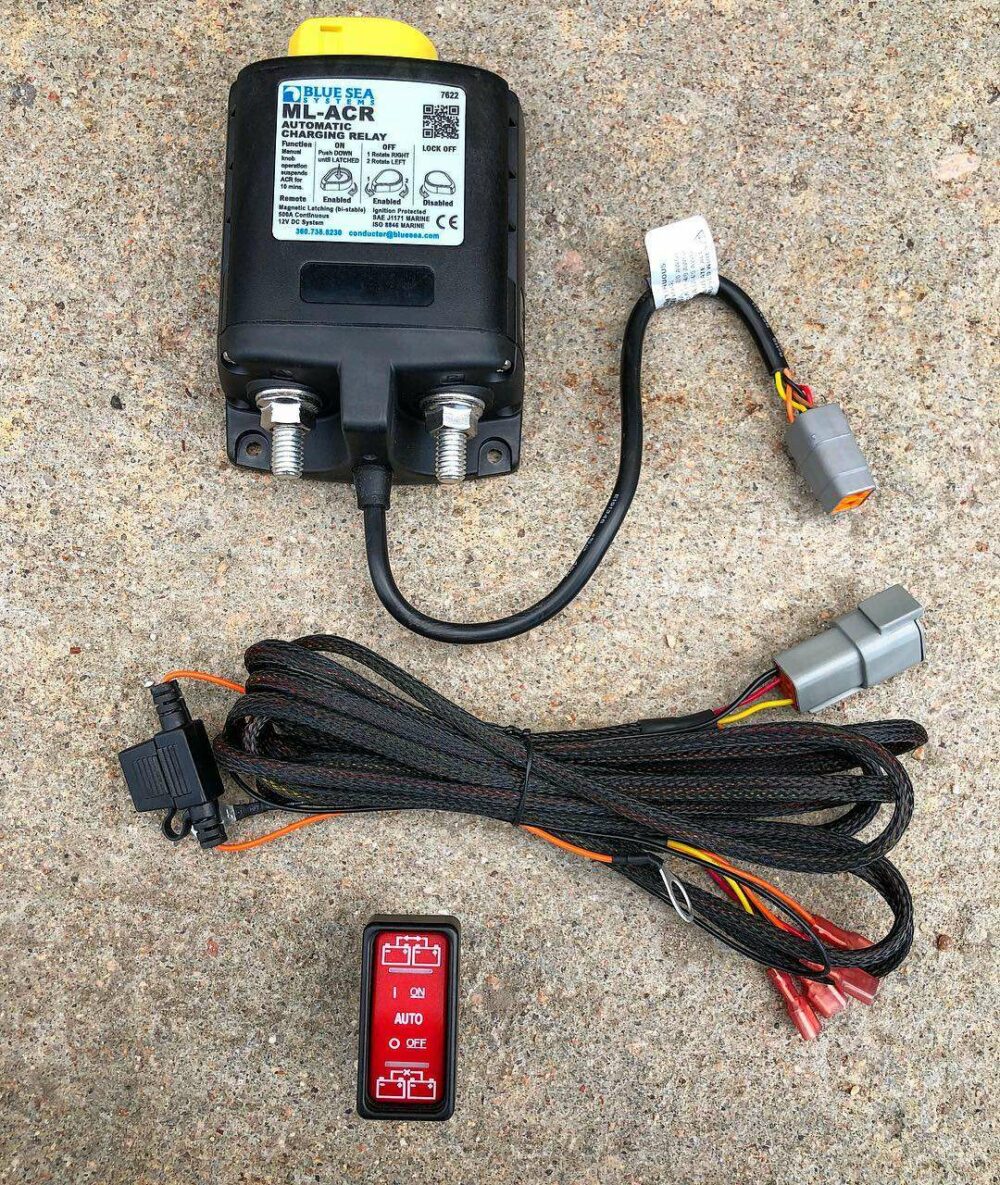
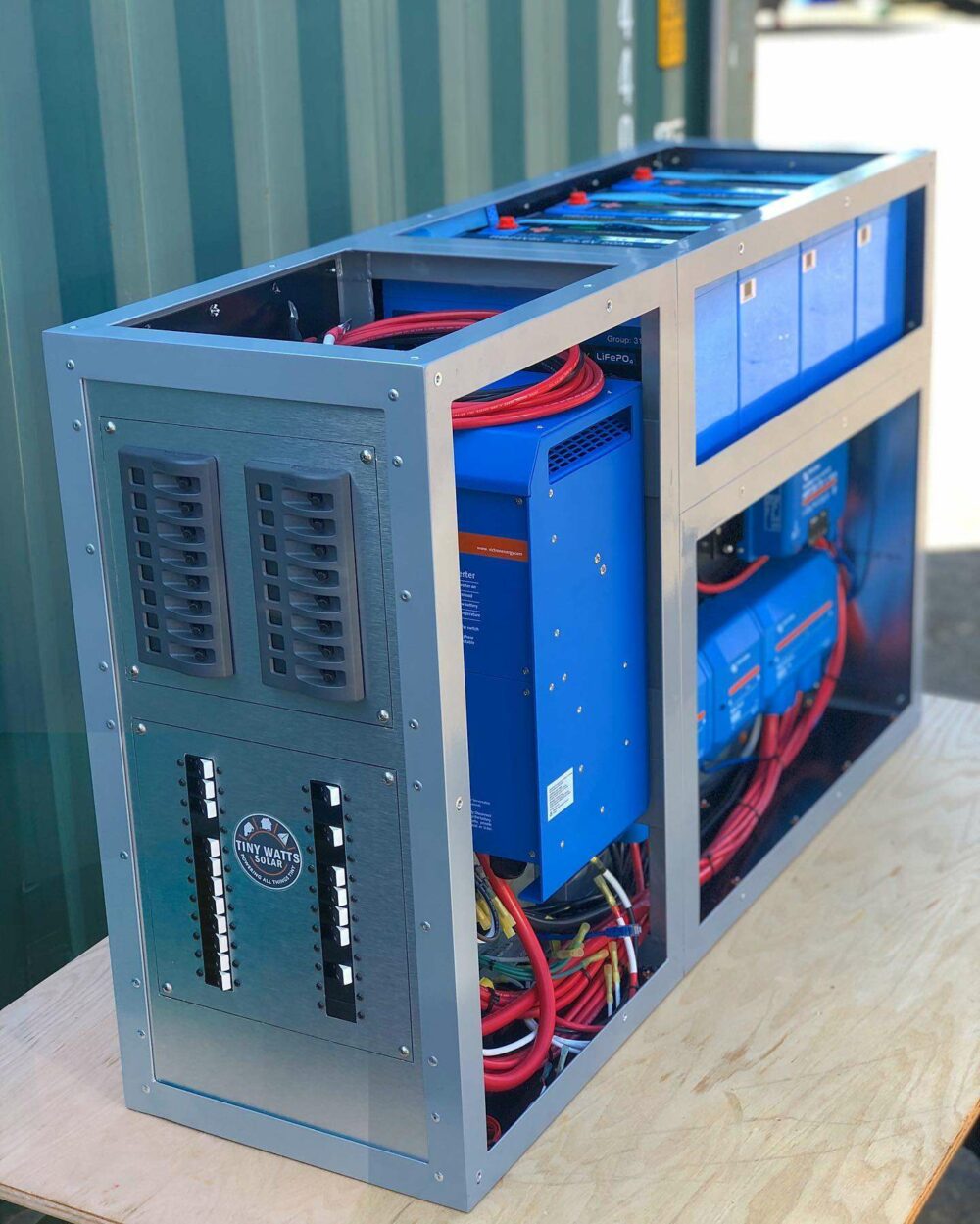


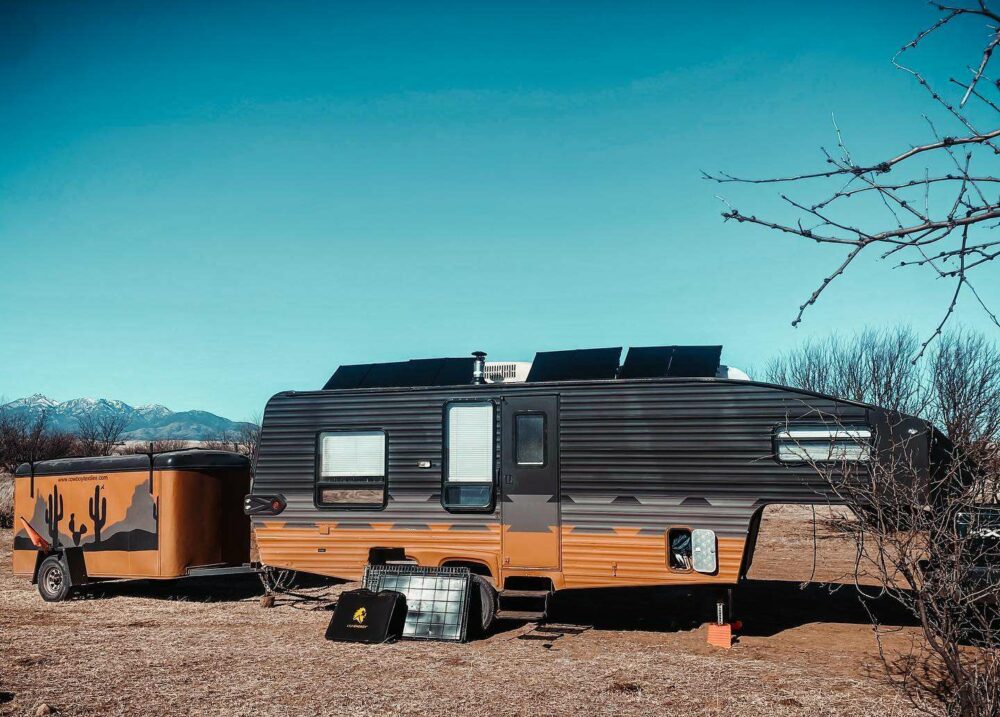

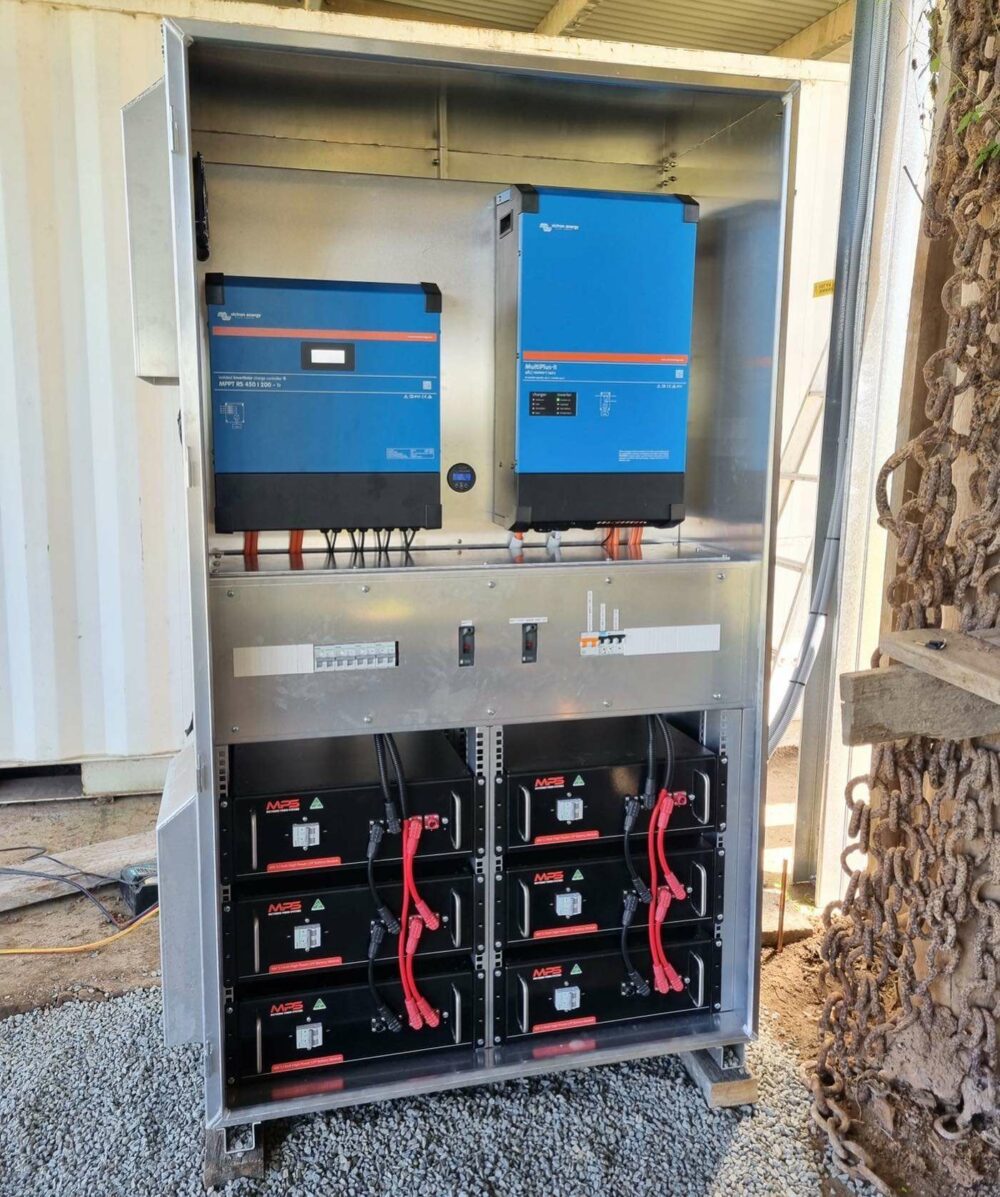
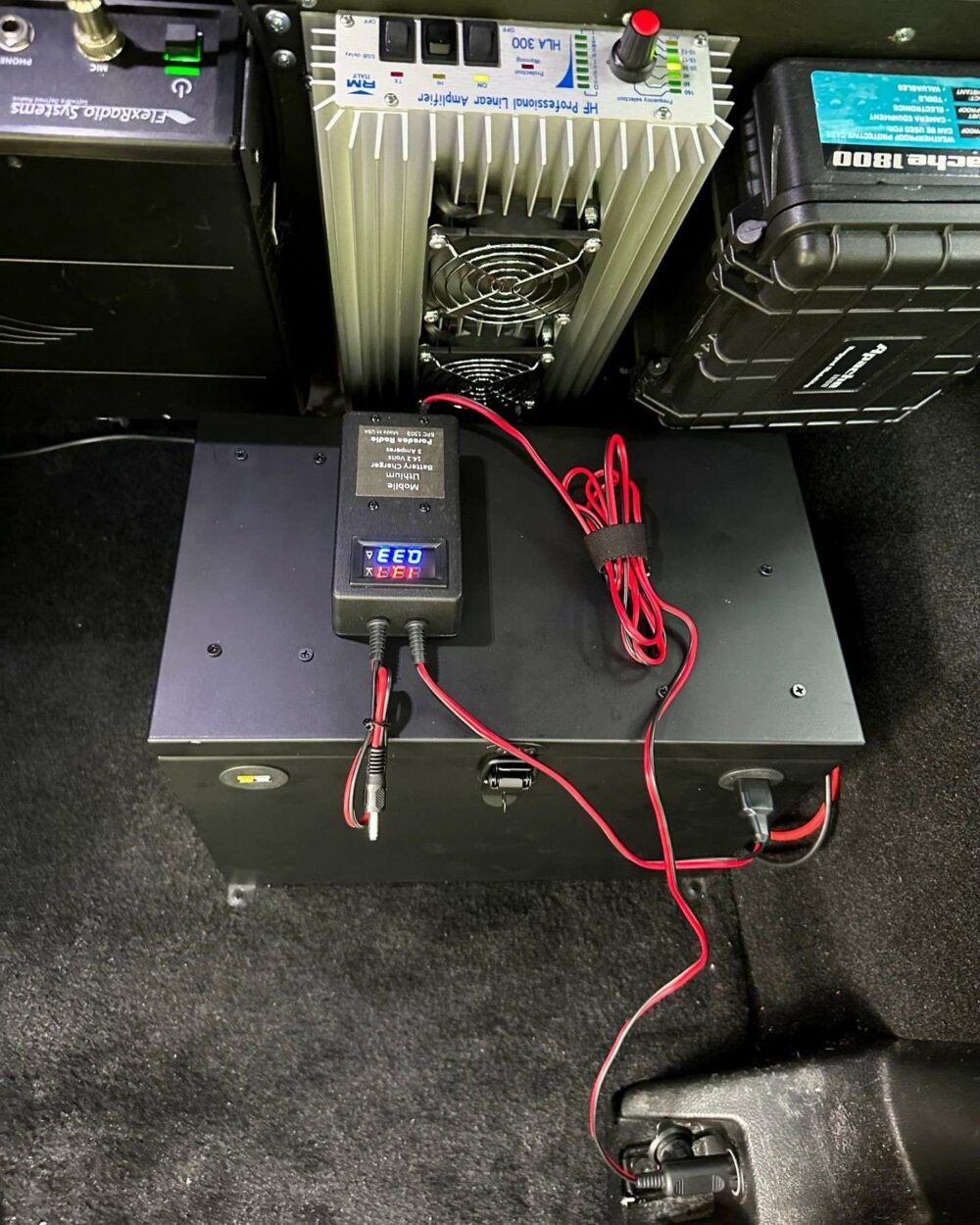
Energy storage is key for off-grid systems. It keeps power flowing even when the sun or wind isn’t there. Thanks to new tech, battery banks are now a top choice for storing energy from green sources.
Battery Banks: Importance and Function
Battery banks are vital in off-grid systems. They save extra energy made when it’s plenty. This saved energy is used when there’s little or no power.
This keeps the power steady. It shows how important off-grid batteries are in keeping energy flowing.
Types of Batteries for Off Grid Use
| Type | Description | Advantages | Disadvantages |
|---|---|---|---|
| Lithium-Ion | Common in modern systems for their high energy density and efficiency. | Long lifespan, lightweight, fast charging | Higher upfront cost |
| Lead-Acid | Traditional batteries used in many off-grid applications. | Low cost, reliable | Shorter lifespan, heavier |
| Nickel-Iron | Known for durability and long lifespan. | Robust, low maintenance | Lower efficiency, higher cost |
Backup Generators: When and Why You Need Them
Even with battery banks, sometimes backup power is needed. Backup generators kick in when there’s not enough green energy or when demand goes up. They make sure power is always there, adding to the off-grid energy plan.
Designing for Energy Efficiency in an Off Grid Home
When building an off grid home, it’s important to think about energy. A *sustainable home design* saves energy and keeps you comfortable for a long time. Here are some tips for making your home energy efficient.
Insulation and Retrofits
Good insulation is key for saving energy in off grid homes. Using materials like spray foam or rigid foam board helps a lot. It keeps your home warm in winter and cool in summer.
Energy Conservation Tips
Conserving energy is important for living off grid. Here are some tips:
- Use natural light as much as you can. Placing windows and skylights right can cut down on the need for lights.
- Use the sun to your advantage. Make sure your home faces the sun in winter and away from it in summer.
- Get energy-saving windows and doors. They help keep your home warm and prevent heat from escaping.
- Turn off devices when you’re not using them. This cuts down on standby power use.
Smart Appliances and Energy Management
Adding *smart home technology* makes your off grid home more efficient. Smart appliances like thermostats and lights adjust to your life. They use less energy when you don’t need it.
An energy management system also helps. It watches and controls your home’s energy use. This way, your off grid home works better and is more *sustainable*.
Choosing the Right Location for Off Grid Living
Choosing the right location is key for off-grid living. You need to think about many things. The local weather affects what renewable energy you can use.
Being close to sunlight, wind, and water is important. Sunlight is great for solar power. Wind is good for wind turbines. Make sure your land follows the rules for renewable energy.
Knowing these things helps you pick the best land. Look at the weather, resources, and laws. This way, you find a place that fits your off-grid life well.
Dealing with Seasonal Variations in Renewable Energy
Managing seasonal renewable energy is key for off-grid living all year. Different seasons cause energy production to change. This can make power supply not always steady.
Sunlight changes with the seasons. In winter, days are shorter and skies are cloudier. This affects solar energy. Wind energy also changes with the seasons, making power supply unpredictable.
To solve these problems, using different energy sources is important. Mixing solar panels with wind turbines helps balance energy. Also, using battery banks stores energy for when it’s needed more.
Here’s a simple look at two common energy sources and how reliable they are by season:
| Energy Source | Seasonal Reliability | Comments |
|---|---|---|
| Solar Power | High in Summer, Low in Winter | Solar power is strong in sunny months but weak in winter. |
| Wind Power | Variable | Wind power depends on where you are. It can help or hurt solar energy. |
Improving energy storage systems is also crucial. This includes using new battery tech or thermal storage.
By using these strategies, we can handle seasonal energy changes better. This ensures power is always available, all year round.
Legal and Zoning Considerations for Installing Off Grid Systems
Setting up off-grid systems needs careful thought about laws and zoning rules. Knowing and following off-grid system regulations helps you live sustainably. We’ll look at why following zoning laws and getting permits is important.
Permits and Regulations
Getting the right permits for your off-grid setup is crucial. Zoning laws control how you use your land and build. They affect where you put solar panels and wind turbines.
Following these laws keeps you out of trouble and makes your setup safe and effective.
Working with Local Authorities
Working with local officials is essential for off-grid setups. They help you understand off-grid system rules and zoning laws. Talking to them early helps avoid problems and get the needed permits.
For more info and detailed advice, check out this article. It offers great insights into the legal side of off-grid living.
Building a Resilient Off Grid Community
Creating off-grid communities means making them strong and sustainable. We do this by sharing energy and working together. This makes our communities more reliable and connected.
Community Microgrids
Community microgrids are small energy systems. They can work alone or with the big grid. They help keep our communities powered up when the grid goes down.
They make our communities stronger because we work together. We share tasks and resources.
Peer-to-Peer Energy Sharing
Peer-to-peer energy sharing lets us share power. It helps us use energy better and rely less on others. This makes our communities stronger and fairer.
Collaborative Resource Management
Working together on resources is important. We share water, food, and energy. This way, everyone gets what they need.
This teamwork makes our communities better. It also helps us stay connected and strong.
Generating Off Grid Power Ideas for Every Budget
Going off-grid can fit any budget. This makes energy freedom possible for everyone. There are many ways to make affordable off-grid power that work well.
From easy, cheap setups to bigger, economical energy solutions, using green energy fits your budget. Here are some ideas:
- Solar Starter Kits: Great for those on a tight budget. These kits have panels, inverters, and batteries. They offer a full system at a low price.
- DIY Wind Turbines: Making your own wind turbine can save money. Many online guides help you find cheap materials.
- Microhydro Power: Good for those near water. A microhydro system is cost-effective and efficient. It might cost more upfront, but saves money later.
Using a mix of these options can spread out costs. This ensures a steady power supply. Here’s a comparison of off-grid power solutions by budget:
| Solution | Initial Cost | Performance | Maintenance |
|---|---|---|---|
| Solar Starter Kits | Low | Moderate | Low |
| DIY Wind Turbines | Moderate | High | Moderate |
| Microhydro Power | High | Very High | Moderate |
Looking into these options helps you choose the best economical energy solutions. By making smart choices and mixing technologies, you can have off-grid power affordably. This is good for anyone wanting to use less traditional energy.
Future Trends in Off Grid Energy Solutions
Looking ahead, off-grid energy will change a lot. Emerging renewable technologies and smart grid advancements will shape how we use power. These changes will make energy systems better and help us reach a sustainable future energy goal.
Battery storage is getting better. New battery types like solid-state and improved lithium-ion will last longer. This means we can store more energy from the sun and wind, solving a big problem.
Smart grid advancements are also key. They help manage energy better, predict usage, and monitor in real-time. With smart grids, we can use energy more wisely, making off-grid living greener.
New solar panels and micro wind turbines are exciting too. They give more power and harm the planet less. These are big steps towards a sustainable future energy world.
These trends are leading us to a future where off-grid energy is efficient and green. I think these changes will help people and communities be energy independent. This will make our world stronger and more sustainable.

